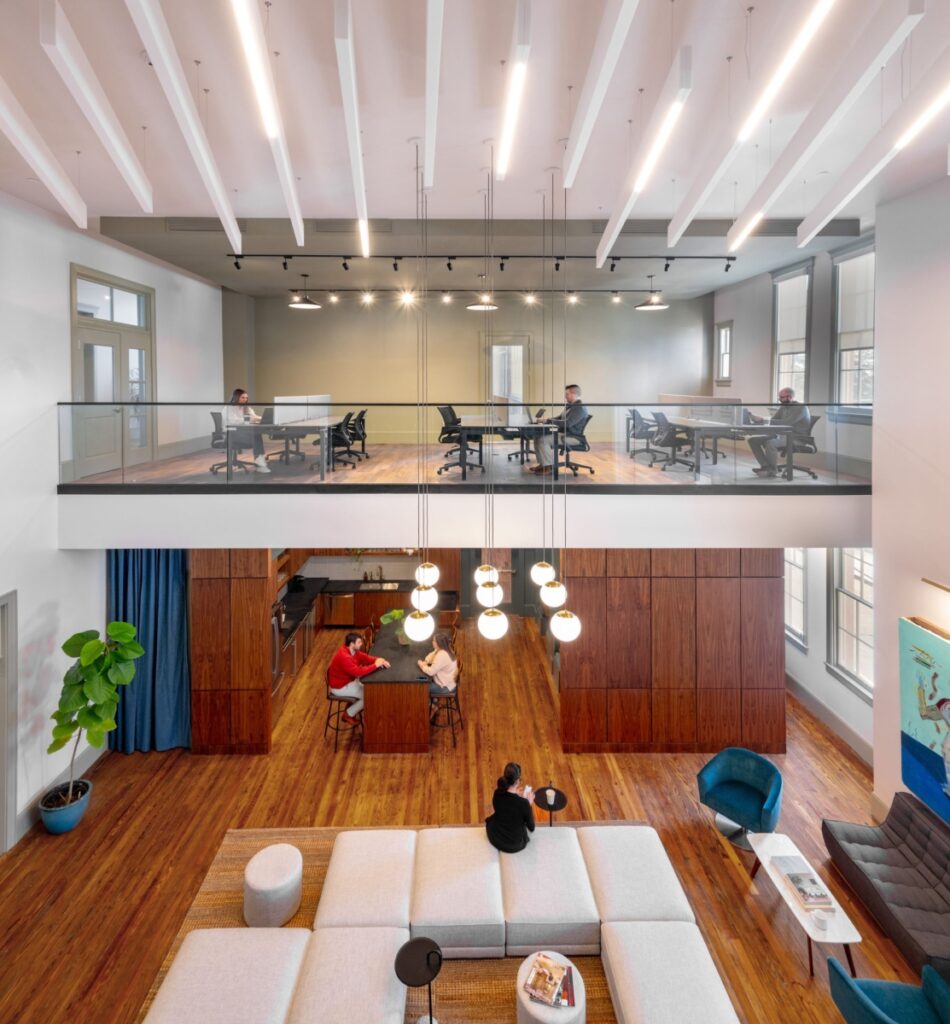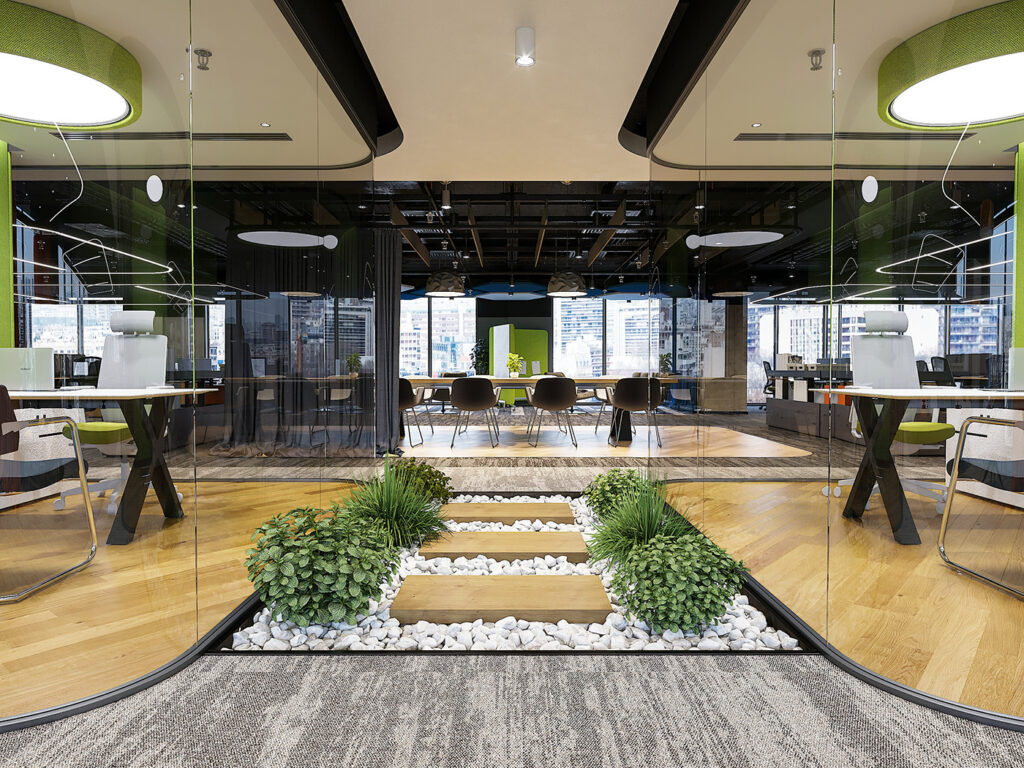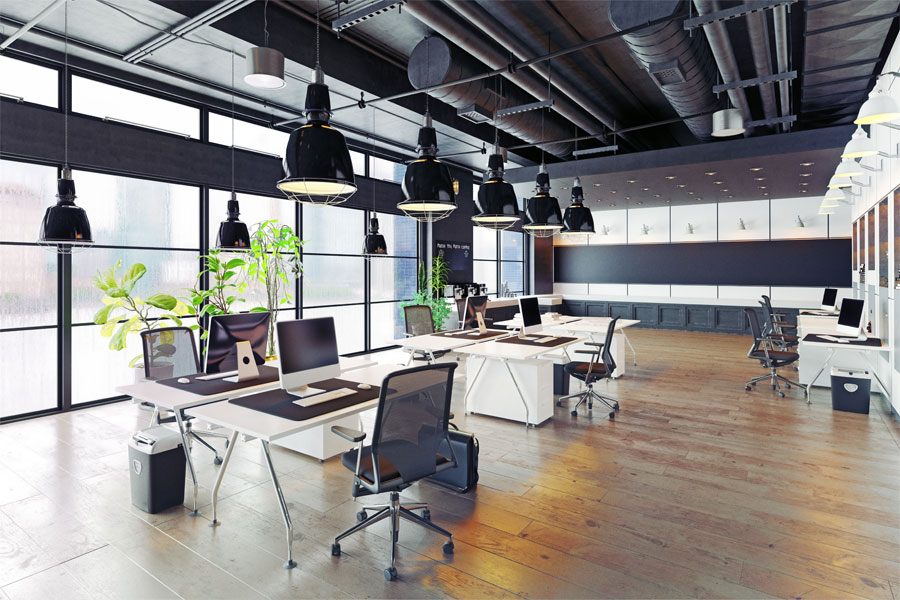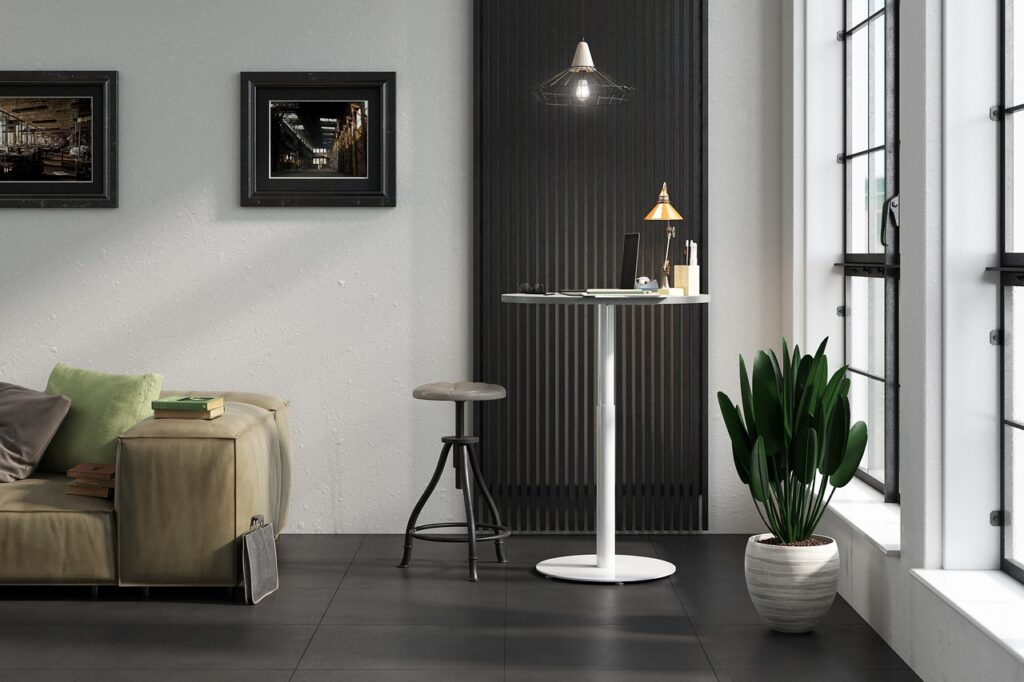Introduction
As businesses grow and evolve, so do their needs. Traditional office spaces are often rigid and unaccommodating to the diverse ways that employees work. Enter the flexible office space—a design solution that empowers organizations to adapt to changing demands, optimize productivity, and encourage collaboration.
Gone are the days of one-size-fits-all cubicles and assigned seating. Today’s modern offices require versatility, creativity, and functionality, and flexible office spaces provide just that. In this blog, we’ll explore the benefits of flexible office layouts and how they can foster a more collaborative, efficient, and productive workplace.
For more on optimizing office design, explore our blog on Office Design Trends for 2025 →
1. Promoting Collaborative Work through Open Layouts
Collaboration is at the heart of innovation. To foster creative thinking and teamwork, many companies are moving away from isolated desks and cubicles in favor of open office layouts. Flexible spaces with adjustable configurations enable teams to collaborate easily, whether for quick brainstorming sessions or long-term projects.
Key benefits include:
- Reduced barriers: Open spaces eliminate physical walls that can hinder communication.
- Encourages idea-sharing: Employees from different departments can easily interact, share knowledge, and problem-solve together.
- Easier cross-functional collaboration: Teams can quickly adapt their workspace layout based on their current needs.
These flexible spaces allow for spontaneous collaboration, which is essential for problem-solving and driving innovation.
2. Adaptable Spaces for Different Work Styles
Not all employees work the same way. Some may thrive in quiet, solitary environments, while others excel in dynamic, social settings. A flexible office design can support these diverse work styles by providing spaces tailored to specific needs.
Some examples include:
- Focus rooms: Quiet, private areas for deep work and concentration.
- Meeting pods: Small, soundproof rooms for confidential discussions or virtual meetings.
- Open collaboration zones: Large, comfortable spaces designed for team brainstorming and group work.
By catering to different work preferences, businesses can improve employee satisfaction and ensure that everyone has the right environment to perform at their best.
3. Increasing Productivity with Multi-Functional Furniture
Flexibility isn’t just about the layout—it also extends to the furniture and equipment used in the workspace. Multi-functional furniture can maximize available space and adapt to various needs, making the office more efficient and versatile. Examples include:
- Modular desks: Desks that can be rearranged or expanded depending on the number of employees in the area.
- Movable partitions: Quick and easy to reposition, partitions allow employees to create temporary meeting spaces or quiet zones.
- Flexible seating options: Bean bags, lounge chairs, and adjustable chairs that support different working styles and encourage comfort.
These adaptable features contribute to an efficient workspace, minimizing wasted space and optimizing the layout.
4. Supporting Hybrid and Remote Work Models
In today’s world, many organizations have adopted hybrid work models, where employees work both in the office and remotely. A flexible office space can seamlessly integrate these new working arrangements by:
- Providing hot desks: These unassigned desks can be used by employees who come into the office on different days.
- Creating dedicated spaces for virtual meetings: Teams can easily set up video conferencing tools in flexible meeting rooms.
- Offering shared workstations: Employees who split their time between the office and remote work can utilize shared, flexible workstations when in the office.
The flexibility of the space helps organizations accommodate employees working from multiple locations while maintaining a cohesive and productive work environment.
5. Promoting Employee Wellness and Comfort
A flexible office isn’t just about boosting productivity—it’s also about employee well-being. By offering employees the freedom to choose where and how they work, businesses can help reduce stress and enhance job satisfaction.
Features that support wellness include:
- Standing desks: Allowing employees to switch between sitting and standing to improve circulation and reduce discomfort.
- Relaxation areas: Spaces where employees can step away from their work, take a break, and recharge.
- Access to natural light: Flexible layouts with large windows can boost mood and energy levels.
When employees feel comfortable and supported, they are more likely to be productive, focused, and engaged in their work.
Read more about the importance of wellness in the workplace →
6. Enhanced Space Utilization with Flexible Design
One of the main advantages of flexible office spaces is space optimization. With the ability to reconfigure layouts to suit changing needs, businesses can maximize the use of their office real estate. For example:
- Multi-use meeting rooms: Rooms that can be adapted for presentations, team meetings, or video conferences.
- Flexible conference rooms: Conference rooms that can be adjusted in size based on the number of participants.
- Activity-based workspaces: Areas designed for specific tasks, such as group projects, solo work, or social interaction.
The ability to adjust the layout and functionality of spaces as needed ensures that no square foot goes underused, leading to better space efficiency.
7. Encouraging Innovation and Creativity
When employees have the flexibility to choose where and how they work, it often leads to an increase in creativity and innovation. The freedom to move between different work settings encourages out-of-the-box thinking and fresh ideas. Flexible office designs support:
- Creative brainstorming sessions: Unconventional spaces like lounge areas or open rooms can spark creative discussions.
- Flexibility to work in teams or alone: Employees can switch between collaborative spaces and quiet zones depending on the task at hand.
- Increased employee engagement: The autonomy to work in spaces that suit individual preferences can lead to higher levels of engagement and satisfaction.
By embracing flexibility, companies create an environment that encourages creative problem-solving and innovation.
Conclusion
The shift toward flexible office spaces represents a move toward more dynamic, adaptable, and productive work environments. By fostering collaboration, supporting diverse work styles, and promoting employee wellness, businesses can significantly improve productivity and employee satisfaction.
At AirBrick, we specialize in designing flexible, innovative office spaces that align with modern work culture. Whether you’re looking to implement a flexible layout, integrate wellness features, or enhance collaboration, our team is ready to create a workspace that works for you.Ready to transform your office?
Let’s design a flexible, future-ready space for your team.
📞 Contact AirBrick Infra





